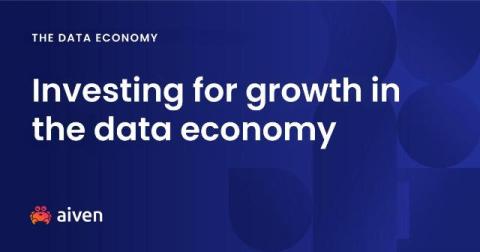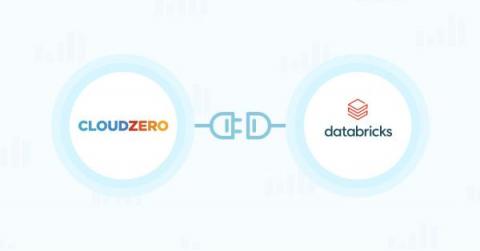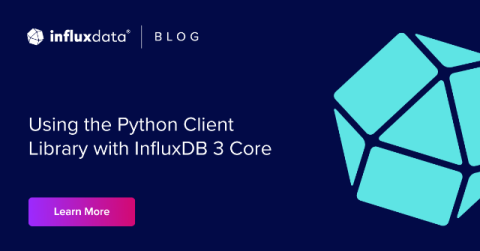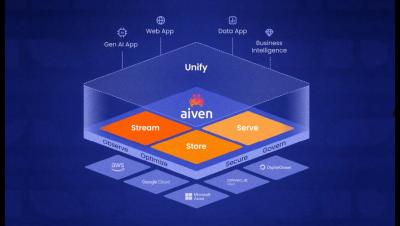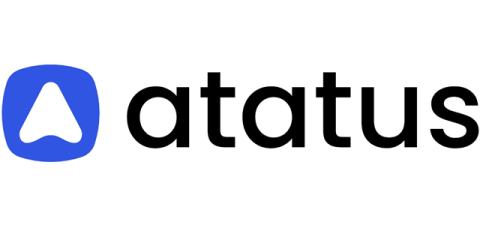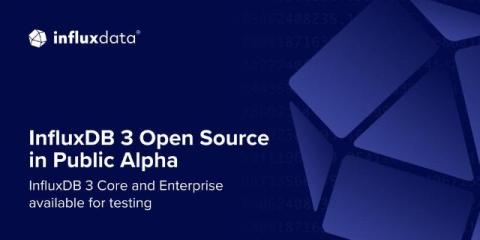Investing for growth in the data economy
Money makes the world go around and this has never been more true when it comes to the data economy as innovative start-ups seek investment to achieve their ambitions and unlock their potential. Led by insight from Atomico and Realm, this piece - the fifth in our data economy series - will look at the data economy from an investment perspective - what traits do they look for in data-driven companies? How are start-ups approaching it? These are the questions this piece will answer.


